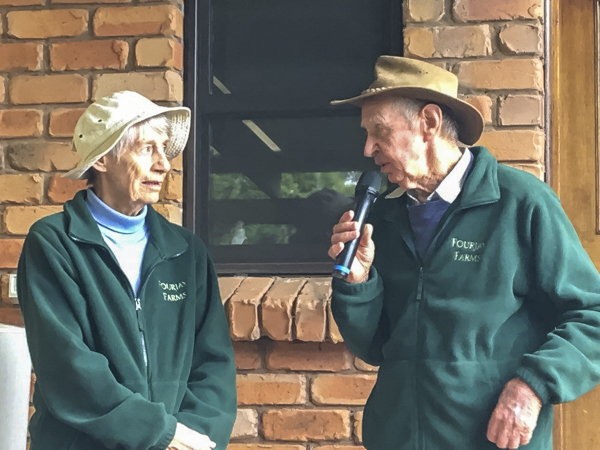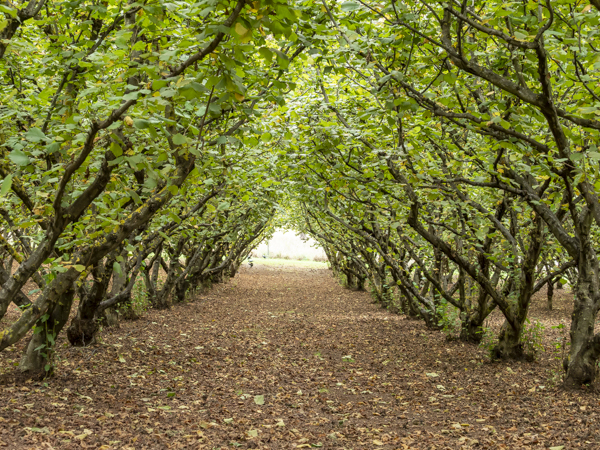
In early April, APS NSW members visited the Central West to learn about the innovative practices of farmers and conservationists in the region.
Over two hundred years of European occupation the land has been used to produce the gold, food and clothing that sustained the economic development of Europe and built Australia’s economy. Gold produced in such places as Forest Reefs, 22 kilometres south of Orange, produced the bullion necessary to establish the gold standard. The huge quantities mined in the late 19th century gave the global trading economies a monetary stability based on the gold standard.
The group visited Forest Reefs and Narromine. Miners at Forest Reefs had cleared the woodland then pastoralists overgrazed cattle and sheep destroying what was left of the soil. The land about Narromine had been clear felled to graze sheep for wool to export to Europe’s textile mills. Wheat was grown to feed Europe’s growing population. Farmers exploited the land’s resources for survival and sometimes personal aggrandisement caring little for the land’s long-term sustainability.
But changes in attitude are afoot. The group first witnessed land rehabilitation at Forest Reefs. Jean and Basil Baldwin have established a 500-tree hazelnut plantation that produces a good income when water is available. The plantation thrives on a rich basaltic soil and is irrigated with a plentiful supply of bore water. The remainder of the property is devoted to fat lamb production on less fertile sedimentary rock derived soil. The bedrock consists of angular stone fragments cemented by finer limestones from a period when the area was an active sedimentary basin on the margin of an oceanic island arc. A limestone derived soil is considered a poor soil.
The volcanic andesite intrusions of the Late Ordovician to Early Silurian period into these sedimentary rocks resulted in a rich basaltic soil and the plantation’s productivity. The intrusion also caused gold mineralisation. The neighbouring Cadia Hill goldmine that has brought Orange city an economic boom is the second largest open cut mine in Australia. An old mine shaft still exists on one of the Forest Reefs hills. Here sheep grazed caring for their new born lambs that are destined for the abattoir.
Along two of Jean and Basil’s property boundaries and a public access track Basil showed us six-metre-wide strips that have been fenced for bush regeneration. These sequestered areas were planted with local tree species. A successful grove of eucalypts and acacias has been established that has improved the paddock’s micro-climate to provide shelter for the sheep. The pastures grew a variety of local and exotic grasses.
Jean and Basil’s house has a luxuriant kitchen garden. I managed to collect a bag of small raspberries among the thorns from three long trellises. The raspberry flavour was much stronger than I had experienced before. A thriving vegetable garden and many fruit trees provides a healthy diet. The tomatoes were all shapes and colours quite different from the tasteless clones grown for supermarket sale.

